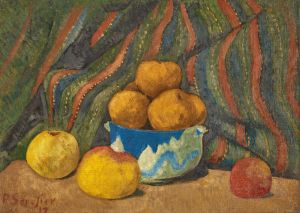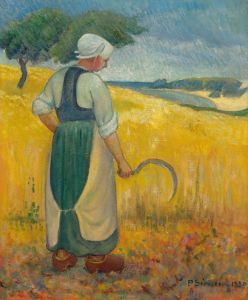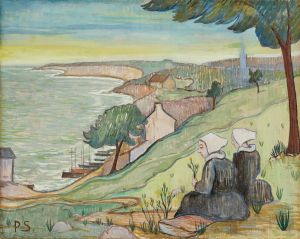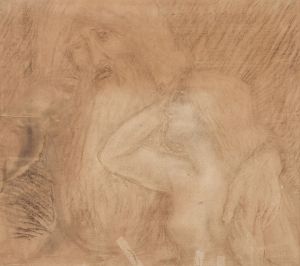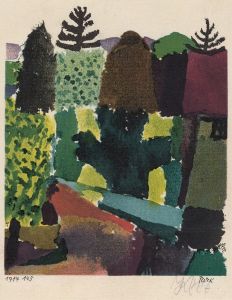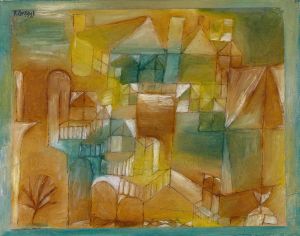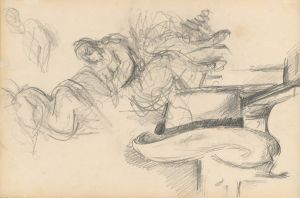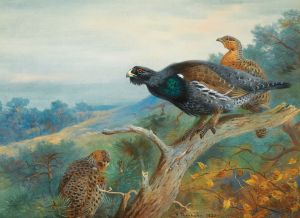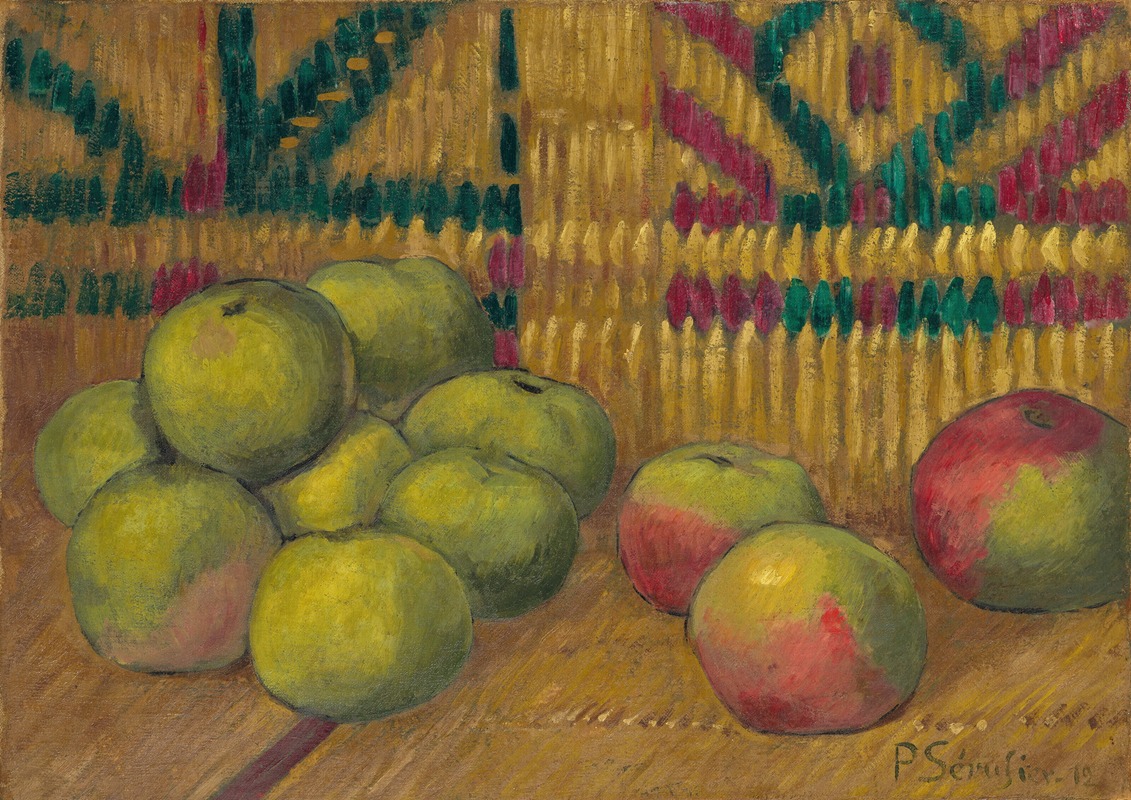
Pommes fond vert
A hand-painted replica of Paul Sérusier’s masterpiece Pommes fond vert, meticulously crafted by professional artists to capture the true essence of the original. Each piece is created with museum-quality canvas and rare mineral pigments, carefully painted by experienced artists with delicate brushstrokes and rich, layered colors to perfectly recreate the texture of the original artwork. Unlike machine-printed reproductions, this hand-painted version brings the painting to life, infused with the artist’s emotions and skill in every stroke. Whether for personal collection or home decoration, it instantly elevates the artistic atmosphere of any space.
Paul Sérusier was a French painter associated with the Post-Impressionist movement and a key figure in the development of the Nabis group, which played a significant role in the transition from Impressionism to modern art. One of his works, "Pommes fond vert," exemplifies his distinctive style and approach to painting.
"Pommes fond vert," which translates to "Apples on Green Background," is a still life painting that reflects Sérusier's interest in color theory and abstraction. Sérusier was heavily influenced by his interactions with Paul Gauguin, particularly during his time in Pont-Aven, Brittany, where he painted "The Talisman" under Gauguin's guidance. This experience profoundly impacted his artistic direction, leading him to explore bold colors and simplified forms.
The painting "Pommes fond vert" showcases Sérusier's use of vibrant colors and flat planes, which were characteristic of the Nabis' approach to art. The Nabis, a group of avant-garde artists, sought to break away from the naturalism of Impressionism, emphasizing the importance of the artist's subjective experience and the decorative potential of color and form. Sérusier's work often featured strong outlines and a limited color palette, focusing on the emotional and symbolic aspects of color.
In "Pommes fond vert," Sérusier employs a striking green background that contrasts with the warm tones of the apples, creating a sense of harmony and balance. The composition is simple yet effective, drawing the viewer's attention to the interplay between the colors and shapes. This approach reflects the influence of Japanese prints and the decorative arts, which were significant sources of inspiration for the Nabis.
Sérusier's exploration of color and form in "Pommes fond vert" aligns with the broader goals of the Nabis, who sought to integrate art into everyday life and blur the boundaries between fine art and decorative art. The painting's emphasis on color harmony and abstraction demonstrates Sérusier's commitment to these ideals, as well as his desire to convey a deeper emotional resonance through his work.
Throughout his career, Sérusier continued to develop his theories on color and composition, publishing a treatise titled "ABC de la peinture" in 1921. This work outlined his ideas on the spiritual and symbolic dimensions of color, further cementing his legacy as a pioneer of modern art.
"Pommes fond vert" is a testament to Sérusier's innovative spirit and his contributions to the evolution of modern art. By embracing bold colors and simplified forms, Sérusier and the Nabis paved the way for future movements, such as Fauvism and Abstract Expressionism, which continued to explore the expressive potential of color and abstraction.
Today, Paul Sérusier is remembered as a pivotal figure in the transition from Impressionism to modern art, and "Pommes fond vert" remains an important example of his artistic vision and the enduring influence of the Nabis.







